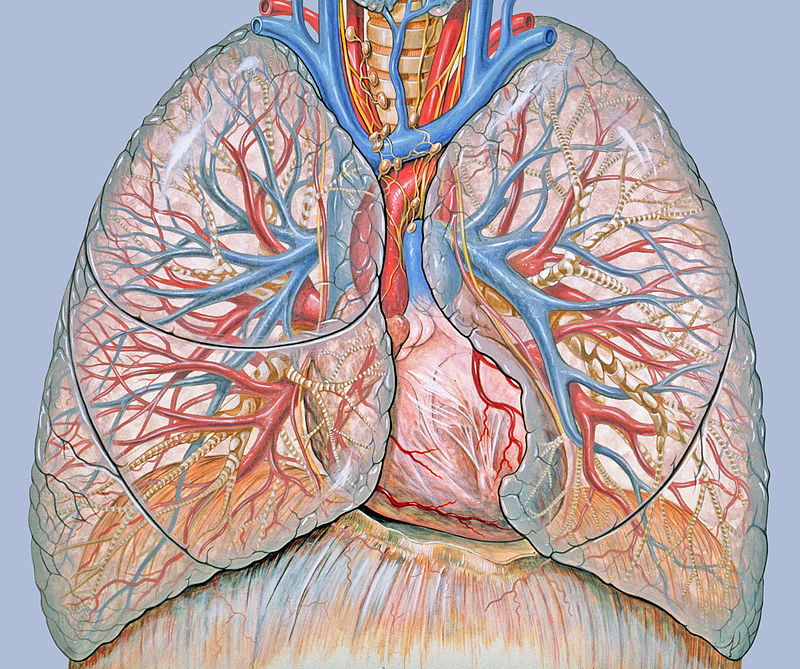Stroke volume and cardiac output are responsible for the blood flow around the body. Training results in an increase in stroke volume and cardiac output, which increased blood flow. This increase in blood flow increases the amount of oxygen being delivered each minute to the muscle that is working. This increases the workloads within the aerobic training zone, delaying fatigue.
Stroke volume is the amount of blood pumped out of the left ventricle of the heart per contraction. An increase in stroke volume results from training and allows the same amount of blood to be transported around the body with fewer heart contractions.
Cardiac output is the amount of blood pumped out of the left ventricle of the heart per minute, and is calculated by multiplying the athlete’s stroke volume by their heart rate. Increased cardiac output is a direct result of an increased stroke volume, as an athlete’s maximal heart rate does not increase significantly.
The increase in stroke volume and cardiac output are physiological adaptations that allow for faster and more efficient transportation of blood and the nutrients within it, including oxygen. It means an athlete can remove lactate and carbon dioxide faster and deliver more oxygen and glucose to the muscle as it is needed. This allows the athlete to maintain higher intensities for longer, as lactate removal and oxygen delivery are faster. They can maintain these intensities for longer for the same reasons and because there is a faster delivery of blood glucose and removal of carbon dioxide.

